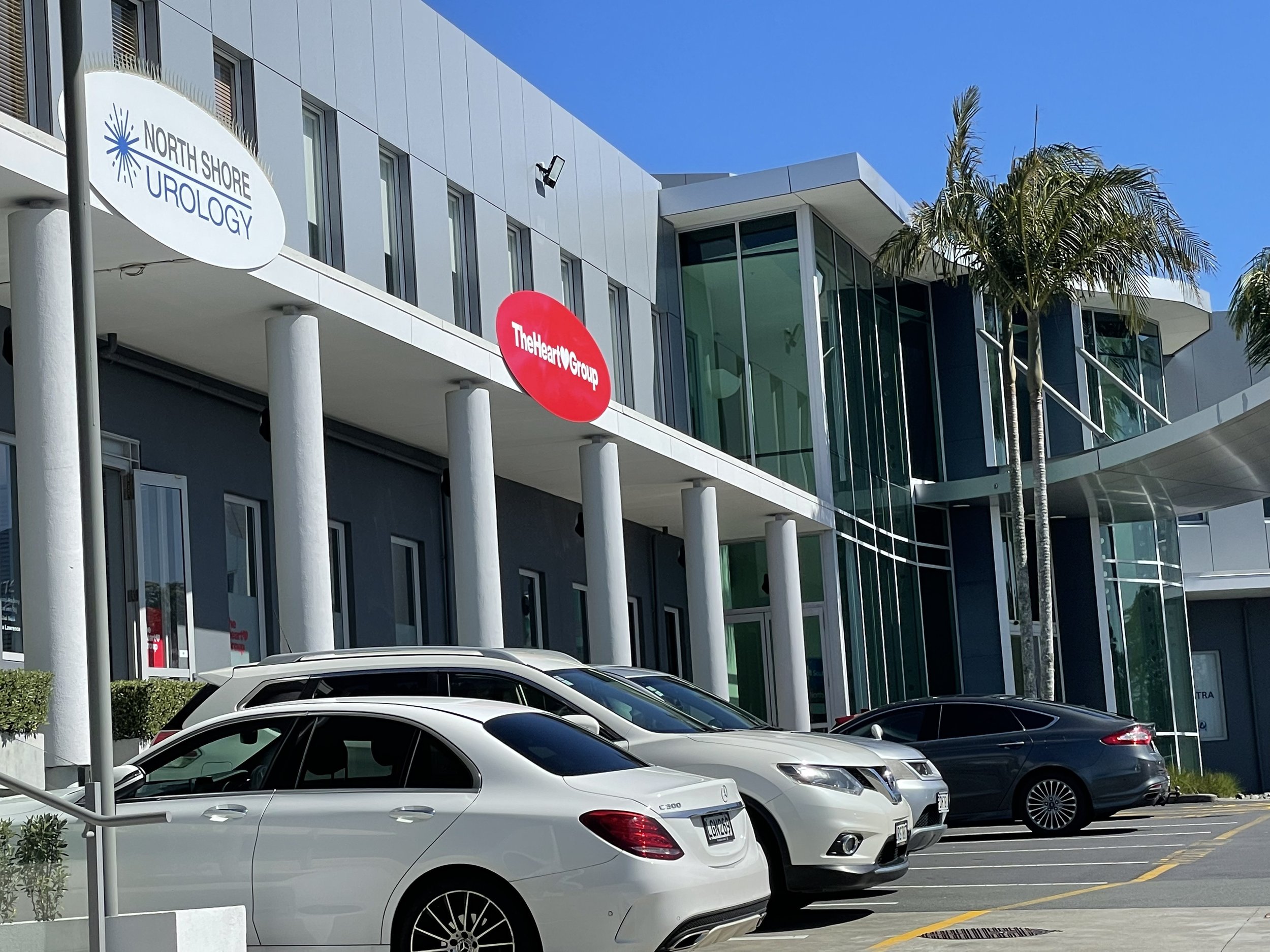Laparoscopy
Mr Mischel Neill has extensive experience providing his patients with laparoscopy services from his Auckland practices.
Laparoscopy is commonly known as “keyhole surgery”. It involves direct visualization of the abdominal and pelvic organs using an optical scope in a space distended by the infusion of gas.
The laparoscope is a long thin instrument with a light source at its tip, to improve visibility. Fibreoptic fibres carry images from a lens, also at the tip of the instrument, to a video monitor, which the surgeon and other theatre staff can view in real-time. A roughly 1cm incision is made in the skin through which is placed a port (hollow tube) to facilitate entry of the laparoscope.
Carbon dioxide (CO2) is run in to separate the tissues inside the operating space, making it easier to see the individual structures. Further ports are placed to allow instruments access to the operative field. The gas is removed at the end of the procedure and the port site incisions are closed with dissolving sutures.
Please call (09) 309 0912 if you wish to discuss your health further or schedule an appointment.
-

Nephrectomy
A nephrectomy is a procedure that removes part (only the diseased tissue) or all of a kidney.
-

Deroofing renal cyst
Deroofing a renal cyst is a procedure that removes kidney cysts by keyhole surgery.
-

Pyeloplasty
Pyeloplasty is a procedure that removes or repairs a stricture (narrowing) within the ureter.
-

Varicocelectomy
Varicocelectomy is a procedure that removes swollen veins inside the scrotum (known as varicoceles).
-

Ureterolithotomy
Ureterolithotomy is a procedure that removes a stone from the ureter.
-

FAQs
Answers to the most common questions our patients ask us — from our specialities to surgery process.
“My goal is to help you live life fully through my urological services. Together, we can work through any health issues you may have.”
— Mr Mischel Neil









What are the differences between laparoscopy and open surgery?
There are steadily accumulating studies showing the patient benefits from minimally invasive surgery.
These include
Less blood loss and a lower blood transfusion requirement
Less post-operative pain and pain-killer requirements
Shorter hospital stays
Quicker return to daily activity and return to work
Improved recovery of function
These benefits have been introduced while maintaining the established cancer cure outcomes of open surgery.
-
Laparoscopy involves direct visualization of the abdominal and pelvic organs using a an optical scope in a space distended by the infusion of gas.
The laparoscope is a long thin instrument with a light source at its tip, to improve visibility. Fibreoptic fibres carry images from a lens, also at the tip of the instrument, to a video monitor, which the surgeon and other theatre staff can view in real-time. A roughly 1cm incision is made in the skin through which is placed a port (hollow tube) to facilitate entry of the laparoscope.
Carbon dioxide (CO2) is run in to separate the tissues inside the operating space, making it easier to see the individual structures. Further ports are placed to allow instruments access to the operative field. The gas is removed at the end of the procedure and the port site incisions are closed with dissolving sutures.
-
Laparoscopy is less invasive than open surgery, providing patients with more minor wounds, less tissue damage, and smaller scars. The humidified gas used during laparoscopy also means tissues don't dry out as much and recover function more quickly. These benefits usually mean less pain, reducing the need for medications and allowing patients to return to everyday life quicker.
Additionally, laparoscopy provides better visualisation of small structures, and the increased pressure means patients lose less blood from blood vessels and experience lower transfusion rates. These benefits lower the risk of postoperative complications and provide lower readmission rates.
